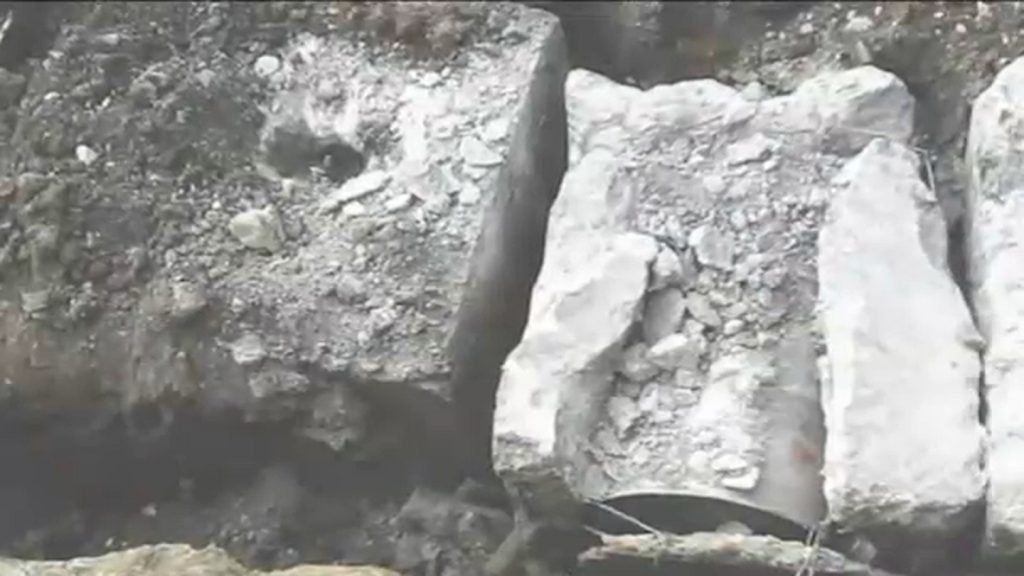
The US Department of Defense (DoD) has awarded Raytheon and Northrop Grumman contracts to develop a 50-kilowatt laser short-range air defence (SHORAD) weapon to be mounted on Stryker combat vehicles.
The contracts are part of a larger $203m deal with defence contractor Kord Technologies which aims to see the weapons enter service within five years. The deal accelerates funding so technology can enter service faster.
The US Army is developing the systems after it identified a lack of ability to deal with small unmanned aerial systems (UAS), helicopters and missiles in Eastern Europe.
US Army director of hypersonics, directed energy, space and rapid acquisition, Lieutenant General Neil Thurgood said: “The time is now to get directed energy weapons to the battlefield.
“The Army recognises the need for directed energy lasers as part of the army’s modernisation plan. This is no longer a research effort or a demonstration effort. It is a strategic combat capability, and we are on the right path to get it in soldiers’ hands.”
The army will outfit a platoon of four General Dynamics Stryker vehicles with the laser weapon in 2022 to demonstrate and test one of the systems offensive capabilities.
How well do you really know your competitors?
Access the most comprehensive Company Profiles on the market, powered by GlobalData. Save hours of research. Gain competitive edge.

Thank you!
Your download email will arrive shortly
Not ready to buy yet? Download a free sample
We are confident about the unique quality of our Company Profiles. However, we want you to make the most beneficial decision for your business, so we offer a free sample that you can download by submitting the below form
By GlobalDataGeneral Dynamics will provide help with integrating the new systems with the vehicle. The vehicles are currently fitted with Stinger missiles as an interim anti-air solution.
Dr Craig Robin of the US Army Rapid Capabilities and Critical Technologies Office said: “Both the Army and commercial industry have made substantial improvements in the efficiency of high energy lasers — to the point where we can get militarily significant laser power onto a tactically relevant platform.
“Now we are in position to quickly prototype, compete for the best solution, and deliver to a combat unit.”
Thurgood added: “By teaming with the other services and our industry partners, we will not only save resources but exponentially increase the power level and get a better system to soldiers faster.”
The weapons are part of a larger US Army push to develop more laser systems, including a 100-kilowatt movable High Energy Laser Tactical Vehicle Demonstrator (HEL-TVD) as reported by Army Technology. The Army is also looking to adapt high-powered naval laser systems for land purposes.
The US recently used an energy weapon to down an Iranian drone in the Strait of Hormuz, demonstrating the capabilities of new laser weapon. The weapons are set to make air defence cheaper as energy is cheaper than conventional munitions.
The need for cheaper anti-air systems is increasing due to the disparity of costs between UAS and the missiles used to take them down. A small drone can cost as little as $200 and a Patriot missile $3m.





